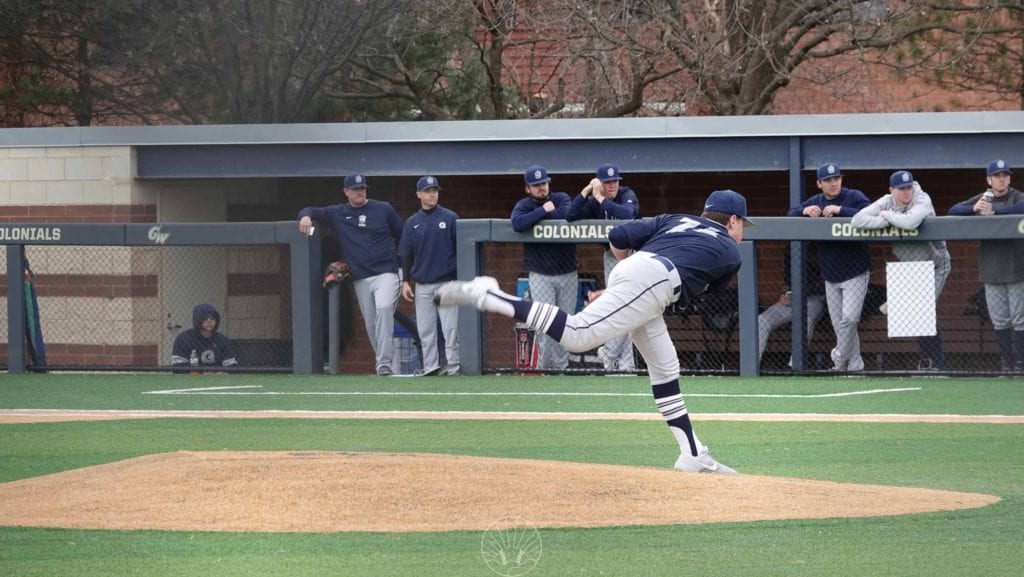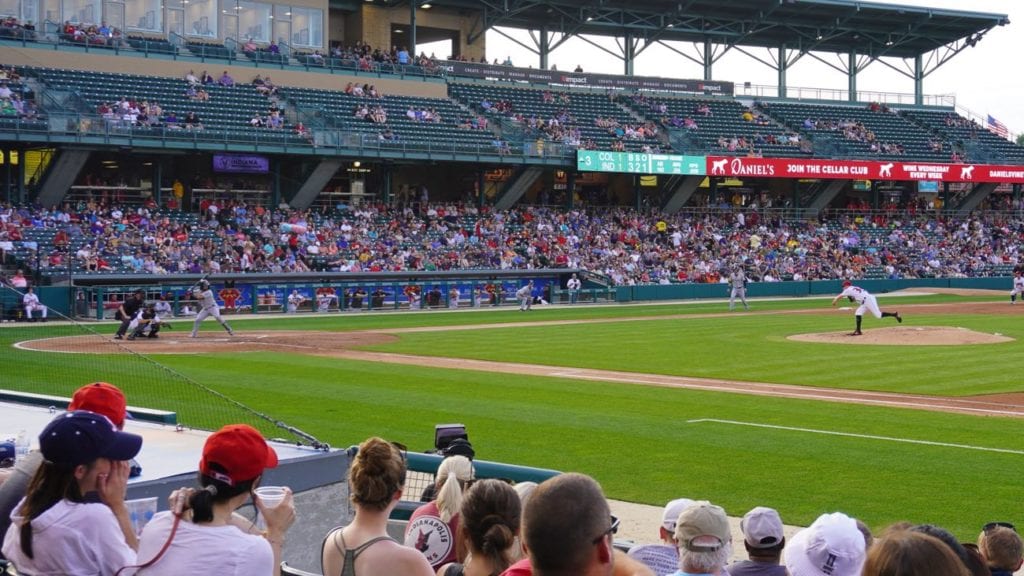*This article may contain product links which pay me a small commission if you make a purchase. Learn more.
A question I am often asked is, “Should I ice my arm after I throw?” Well, it depends. Here’s the thought behind it…
Is Icing Your Arm in Baseball Still a Smart Move?
A lot has changed in the baseball world, and it’s a valid question nowadays: is it still a smart idea to ice your arm after pitching? What if it’s just sore?
First: Soreness vs Pain: What to Know
I think it’s important that young players and parents understand arm soreness vs pain. This is why I made the video below.
What Happens When You Ice: You Reduce Bloodflow
Slows bloodflow to an area, thereby reducing local swelling and inflammation. This is a good thing for acute injuries.
However, continuously reduced bloodflow can also reduce healing time, as bloodflow is required to shuttle reparative processes to distressed tissue. This is why you only ice for about 15-20 minutes at a time, after which you must allow the tissue to return to normal temperature before icing again.
If you’ve ever had an injury and put your hand on it, you’ve probably noticed that it’s hot relative to other areas of the body. A great example of this is sunburn. Why is sunburned skin red? Because the body is actively sending more blood to the sun-damaged skin to help repair it. More blood = reddish color. It’s another reason that sunburned skin is hot to the touch…blood is hot.
If I encounter sharp pain in my arm, I’ll often feel the skin to see if the painful part is warm relative to the rest of my arm. If it is, it’s an indicator to me that I should probably start some precautions including rest, therapy, ice, etc; it’s an indicator that my body is aware of a problem. If it’s not hot, and I have pain, it doesn’t mean I’m not injured, it just indicates to me that there may not be as big a problem. Do NOT use this as a test, however, to gauge whether or not you should see a doctor in the midst of pain. Always consult a doctor and don’t self diagnose.
Anyway, ice slows bloodflow. Bloodflow is good for healing. So what do we do about ice, which seems like it can be both helpful and unhelpful? Here’s my thought process:
Reasons To Ice
Ice may be a good idea for your throwing arm if:
- Pain. If it hurts, ice it.
- Pain is pain, sore is sore, so make sure it’s pain.
- A road to recovery.
- If you were in pain, due to some injury no matter how small, you should ice until you’re completely healthy and cleared by a doctor. Reducing inflammation to injured tissues may be helpful.
- A doctor’s recommendation is to ice.
- This is similar to #2. Regardless of your personal philosophy, if a doctor that you saw for an arm injury or surgery says to ice, then do what your physician says.
- It makes you feel better than when you don’t ice.
Reasons Not To Ice
- You’re healthy and have no pain.
- No doctor has required you to ice due to reasons above.
- It makes you feel better than when you do ice.
So, is icing your arm beneficial?
More and more research is coming out that says icing isn’t as beneficial as we once thought. Especially if a player is healthy, icing may not provide any benefit, and it may slow healing due to reduced blood flow.

After all, pitching/throwing is just one physical activity, albeit a stressful one. Runners don’t ice their quads after running, weightlifters don’t ice their biceps after lifting; to do so would slow their recovery. High bloodflow is a good thing to promote bodily growth and repair.
While argument by analogy is faulty, I still think it’s worth noting that baseball is the only sport where ice is a cultural thing more than a medical thing. You simply don’t see healthy athletes in other sports icing parts of their bodies that aren’t injured.
Research Doesn’t Show That Icing Reduces Pitching Injuries.
I’m not aware of any research that has shown a link between injuries in pitchers who ice versus those who don’t.
The arguments for and against it that I’ve presented are basically the what’s what in the debate. If your coach tells you that by not icing your arm you are going to be injured…ask him where he got that idea?

His answer is likely to be “because otherwise you’ll hurt your arm.” And ’round and ’round we go.
But, remember – if you’re healthy and pain-free, then the choice is yours. You can ice, or not, depending on your personal preference. You should do whatever makes you feel best.
If You Do Ice, Do it Right…
You should only ice immediately after you leave the game. Or, if you perform arm exercises/conditioning after leaving the game, you should ice immediately after that. By “leave the game” I mean when your feet cross the chalk line. Icing to reduce acute inflammation works best if it’s within 30 minutes of the trauma.
After that 30-minute window, the body needs to start repairing it by way of bloodflow. To leave the game, wait until it ends, drive home and then ice at the dinner table will yield less of a result; the window of inflammation-reduction, which is one thing ice is proven to do, is gone.
So, if you do ice, do it immediately after you are removed from the game. If you do arm exercises like I recommend, don’t do them with a cold, just-iced arm, either; exercising cold muscles is not good.
Ice for 15 minutes, then let the bodypart return to normal temperature; this usually takes 45-60 minutes. If you want to ice again, you can only do so after you’ve let the bodypart return to normal temperature.
Pitchers Nowadays Ice their Arms Less Than Ever.
When I was still pitching, I personally only iced when I had pain. If I didn’t have pain, I didn’t ice.
When my doctor said I needed to ice my arm following injuries and surgery, I put my personal views aside and followed his orders.
I follow a post-game ritual of arm exercises, followed by stretching, followed by conditioning, possibly followed by more stretching, in that order. This is the topic of my post on Wednesday. Stay Tuned.
This is all information I’ve gathered from my favorite PTs over the years. If I’ve made an error, or if you’re in the physical therapy realm and would care to comment, please do – there’s a lot of misinformation out there regarding this topic.
Best Idea: Do Arm Care / Condition / Stretch and Take it Easy After Pitching.
Is a regimen of arm exercises/conditioning after pitching, followed immediately by icing the best of both high-bloodflow and inflammation reduction?
But, don’t overdo anything after a start–the body is VERY fatigued and needs to recover, not necessarily do a ton more work.
Arm Icing and Recovery FAQ
Have a question? Read through common ones below!
Should you ice your arm after pitching?
If you have sharp pain in your arm after pitching, then yes – icing will help reduce pain, swelling and inflammation. However, if you do NOT have sharp pain, then ice only stands to reduce the amount of bloodflow to the pitching arm, which actually slows recovery. Your arm wants to repair itself and heal after throwing a lot, so bloodflow is a good thing for this, providing you don’t have an acute injury.
Do pitchers still ice their arms?
Not nearly as much as they used to. Nowadays in baseball, pitchers tend to do this to promote healing and bloodflow to their arms after a game. Ice slows bloodflow to the area, which is good to reduce pain and swelling, but not to help the arm recover faster. More pitchers than ever do NOT ice their arms, and the research supports this.
How long should I ice my arm after baseball?
Icing isn’t necessary if you don’t have sharp pain. However, if you do ice, leave the ice on your arm for no more than 15-20 minutes, then let the arm return to normal temperatures for at least an hour before icing again, if you choose to do a second session of ice.
